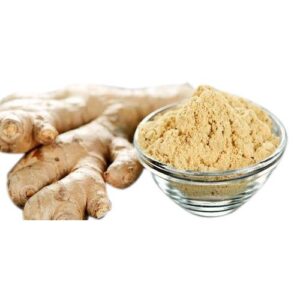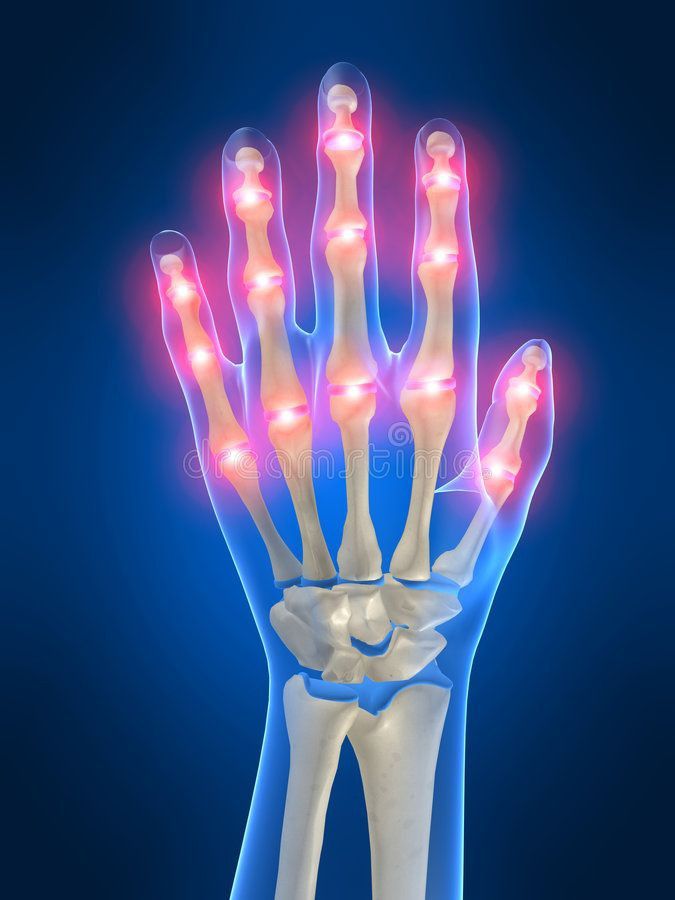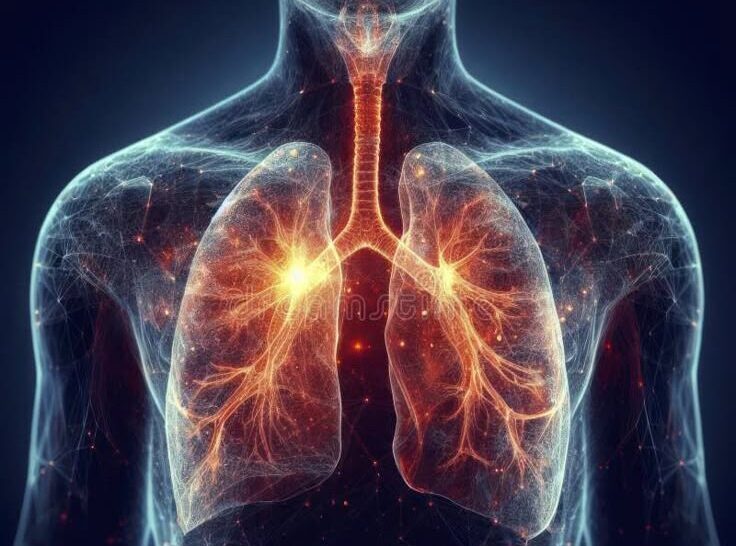Kostam Pattai (Crepe Ginger Root ) – Complete Traditional Profile
What is Kostam Pattai?
Kostam Pattai refers to the dried root bark of the Saussurea lappa plant, commonly known as Crepe Ginger Root. In Tamil, it’s revered as “கோஷ்டம்” and considered one of the most potent herbal barks in Siddha and Ayurvedic systems. This herb grows in the Himalayan regions, but the bark and root powder are widely traded and used across Tamil Nadu in various traditional preparations. Click For More Product.
- Known for its deep-rooted spiritual aura, especially in temple rituals and Siddha detox regimes.
- Traditionally used for respiratory health, digestion, skin problems, and spiritual fumigation.
- The root and bark carry a strong, aromatic scent, symbolizing purification and divine vibration.

Themes of Kostam Pattai – Traditional & Spiritual Significance
- Aromatic Protection: Its strong, pungent aroma is believed to ward off evil energy, much like sambrani.
- Spiritual Awakening: Used in pooja and homam for enhancing focus and uplifting subtle energy.
- Vatha-Pitha-Kapha Balancer: In Siddha medicine, it balances all three doshas, especially helpful in vatha-pitha imbalances.
- Cleansing and Clarity: Associated with clearing respiratory channels and energetic blocks.
- Sacred Offering: Used in temples in the form of powder or smoke during agni rituals to invoke divine presence. Click For purchase.
Medicinal Benefits – Internal Uses
Respiratory Health:
- Acts as an expectorant; used in kashayam to clear cough, asthma, and chest congestion.
- Opens bronchial channels and eases breathing.
Digestive Fire Stimulant:
-
-
Stimulates Agni (digestive fire); helpful in indigestion, gas, and sluggish appetite.
-
Anti-Inflammatory:
- Traditional Siddha texts describe it as a “Soothaga Marundhu” (inflammation-reducing herb).
- Useful in arthritis, body pain, and internal swelling.
Skin Detoxification:
-
-
Helps in blood purification and treating skin ailments like eczema, psoriasis, and fungal infections.
-
Reproductive Support:
- Used in small doses to regulate menstruation and boost fertility in women.
- Acts as a uterine tonic when combined with other herbs. Click For purchase.

External Applications
Fumigation (Sambirani or Dhoopam):
- Burned as sacred incense with neem, frankincense, or karuvelam pattai.
- Believed to cleanse homes, temples, and spaces from negative forces.
Paste for Skin Ailments:
-
-
Powdered bark mixed with turmeric or sandalwood applied on eczema, boils, or fungal spots.
-
Bath Additive:
-
-
Added to herbal bath powders (kuliyal podi) to refresh the skin and calm the mind.
-
Who Can Use Kostam Pattai?
- Healthy Adults: Safe for occasional use as tea, decoction, or fumigation.
- Postpartum Women: Traditionally included in pathiya marundhu for strengthening and purification.
- Pregnant Women: Avoid internally as it stimulates uterus and may cause contractions.
- Children Under 12: Should only be used externally or with Siddha supervision.
- Cold-natured Individuals: Use cautiously or combine with warming herbs like sukku or milagu. Click For purchase.

How to Use – Preparation & Dosage
Kashayam (Decoction):
- Boil 5 gm of dried Kostam Pattai in 200 ml water until it reduces to 50 ml.
- Take once daily on empty stomach for respiratory and digestive benefits.
Powder:
- Mix ½ tsp of powder with honey or warm water.
- Used for internal cleansing or skin support.
Fumigation:
-
-
Burn Kostam bark in a clay pot or sambrani cup for spiritual cleansing or seasonal allergy relief.
-
Paste:
-
-
Apply externally on joints, wounds, or inflamed skin. Click For purchase.
-

Precautions
- Do not use for extended periods without traditional healer’s advice.
- Ensure bark is sourced naturally and pesticide-free.
- Not suitable for people with ulcers unless combined with cooling herbs. Click For purchase.
Conclusion
Kostam Pattai stands as a fragrant, sacred, and potent healer in the Tamil Siddha tradition. Known for its deep cleansing abilities—both physical and spiritual—it plays a key role in managing respiratory issues, boosting digestion, reducing inflammation, and purifying the aura. Whether used in kashayam, skin pastes, or sambrani fumigation, this sacred bark links ancient healing wisdom with holistic well-being.







